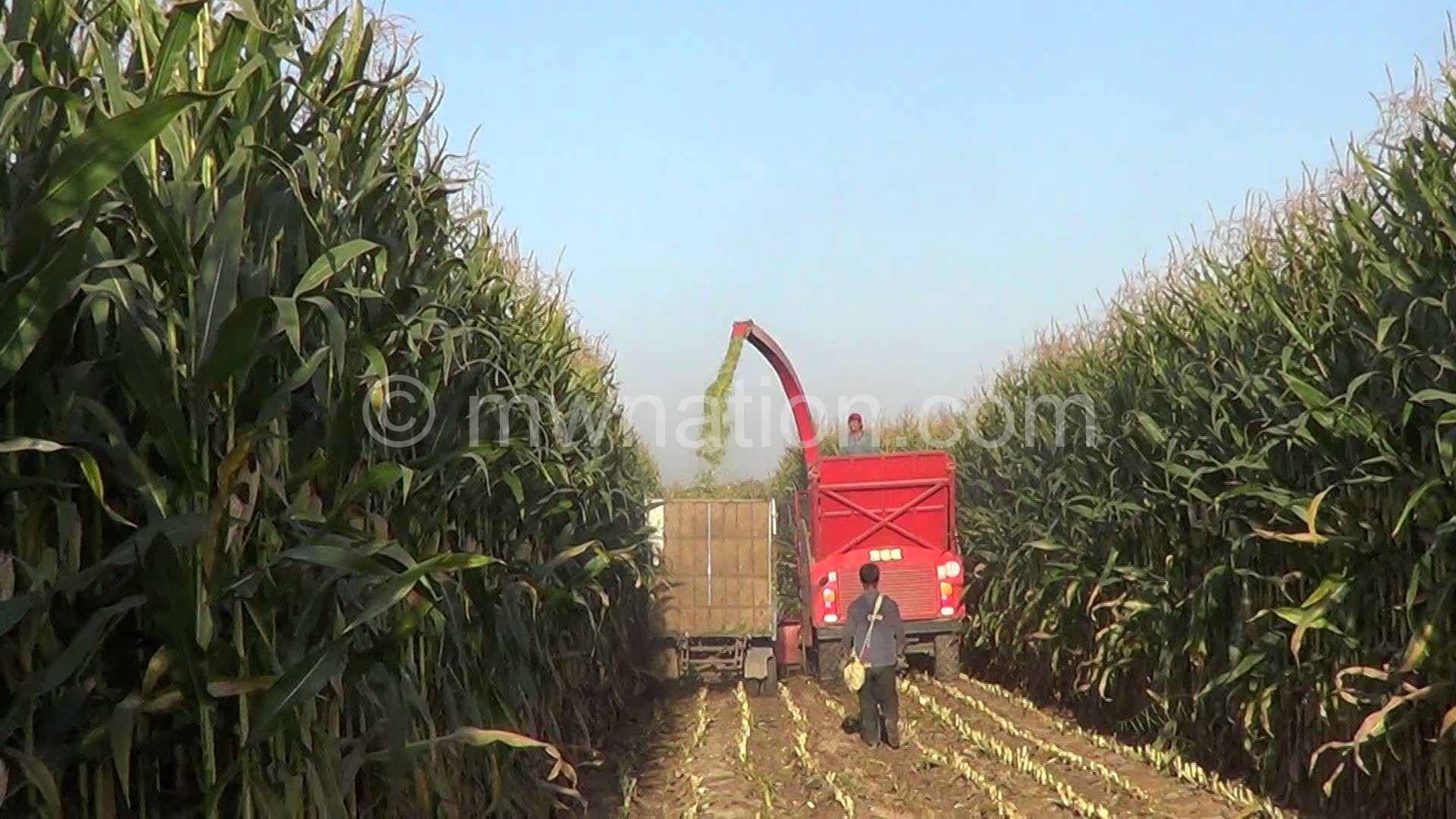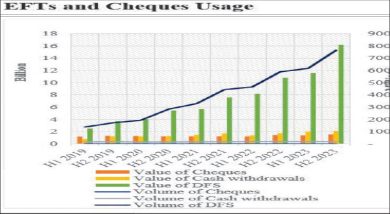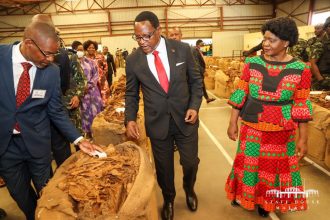Double investment in agri sector—World Bank
The World Bank (WB) says Malawi’s lack of investments in agriculture, limited access to information and inefficient patterns of public expenditure is fueling rural poverty in the country.
Agriculture is the backbone of Malawi’s economy, contributing more than 30 percent to the gross domestic product (GDP) and provides employment to more than 85 percent of the workforce.

Most agricultural producers are subsistence farmers who cultivate small plots of land, with limited opportunities to diversify their incomes.
Given Malawi’s predominantly rural nature and the importance of agriculture for rural livelihoods, especially for the poor, the level of productivity of the agricultural sector has direct effects on economic growth and poverty reduction in Malawi, the bank says.
In an interview on Friday, World Bank Malawi country economist Priscilla Kandoole said that with increase in agricultural productivity, poverty declines.
“The level of agricultural productivity in Malawi has remained largely stagnant due to the lack of complementary investments in agriculture and also to limited access to information. The proportion of farms with access to complementary inputs (inorganic fertiliser, improved seeds, extension) remains low, despite evidence that the combined use of these various inputs results in a significantly greater increase to yields and productivity levels than do the use of each input alone, with the sum being greater than the parts.
Inefficient patterns of public expenditure on agriculture are a highly significant contributing factor to Malawi’s low levels of agricultural productivity. Malawi spends a disproportionately high share of its resources on agriculture relative to other nations in Africa, with these expenditures amounting to a value of 4.2 percent of the total GDP in 2012, compared to the regional average of 1.3 percent. However, the composition of this expenditure is unbalanced and does not achieve a good rate of return on the investment,” she said.
Kandoole urged that in particular, expenditure on the Farm Input Subsidy Programme (Fisp) has consistently accounted for more than half of the total value of public expenditure on agriculture in Malawi.
“The disproportionately high expenditure on this programme reduces the space for complementary public investments to strengthen markets, to develop irrigation, and to introduce and diffuse new technologies, all of which have significant potential to an increased rate of agricultural productivity growth,” she said.
Fisp is intended to subsidise the use of inorganic fertiliser, particularly by smallholder, resource poor farmers.
However, the bank has faulted the targeting of the programme, which it says is poor and a cause for concern for its failure to achieve increased yields.
“In 2013, only around one-third of rural households in the bottom quintile obtained subsidized inorganic fertiliser, while half of those in the top two quintiles obtained this.This poor targeting reflects the lack of clarity regarding the objectives of the programme. It is not really clear whether the programme is actually being implemented as a programme to reduce poverty or whether the goal is rather to boost maize production at the national level,” she said.
In a separate interview, Civil Society Agricultural Network (CisaNet) executive director Tamani Nkhono-Mvula said Malawi is spending far much on agriculture (about $500 million a year) both by government and non-governmental organisations.
This year, about 900 000 households are expected to benefit from the 2016/17 K60 billion programme.





